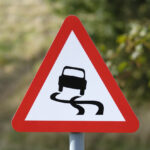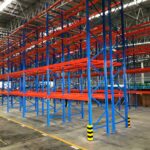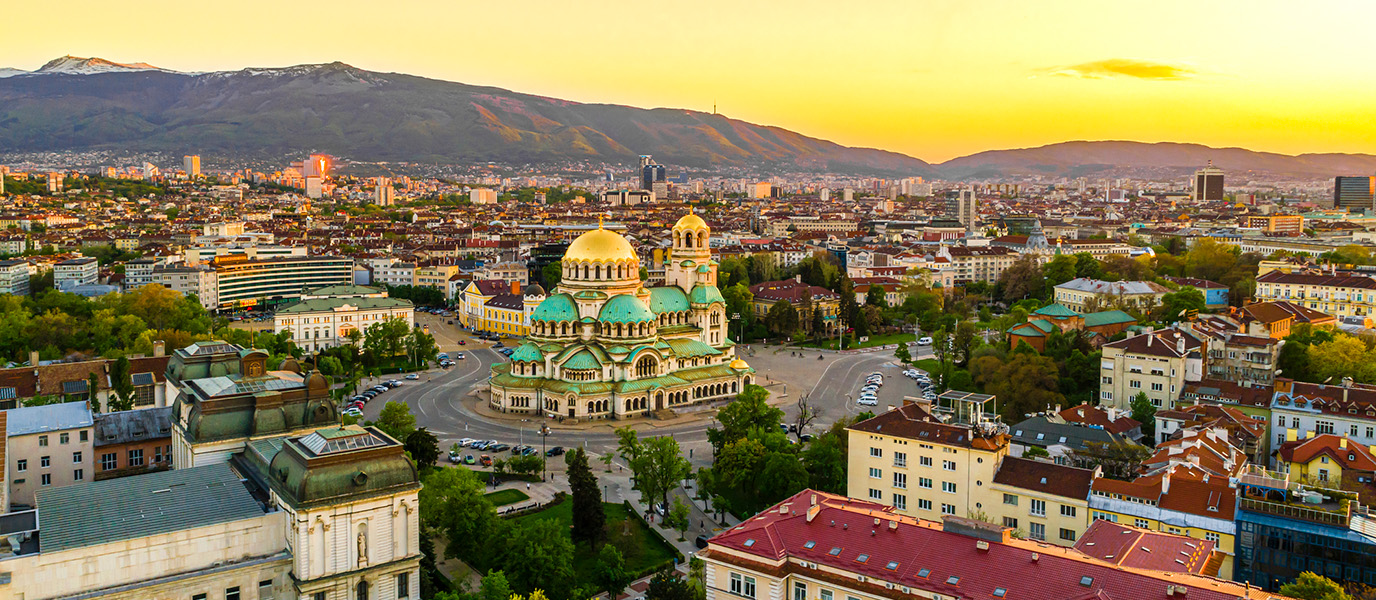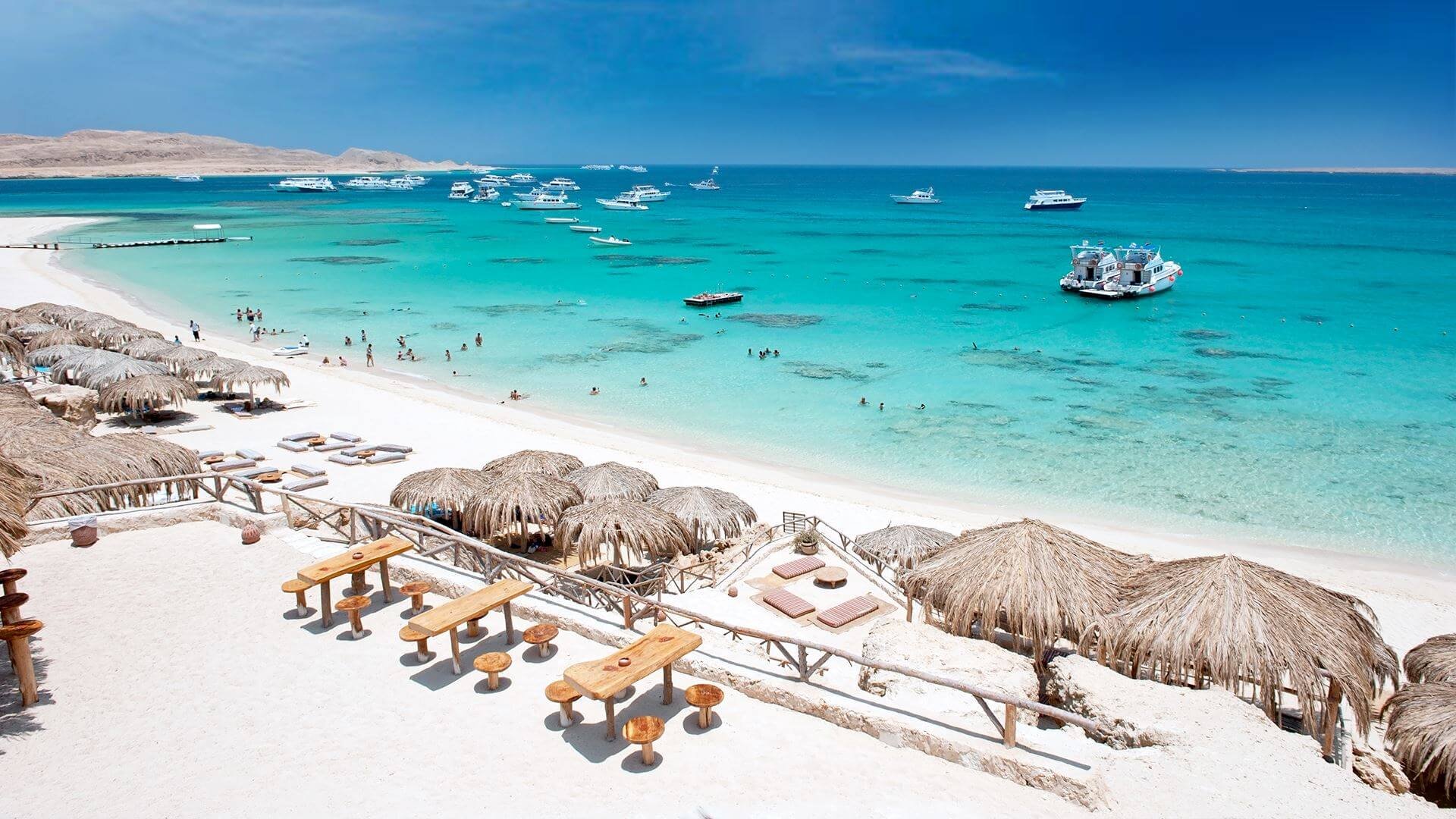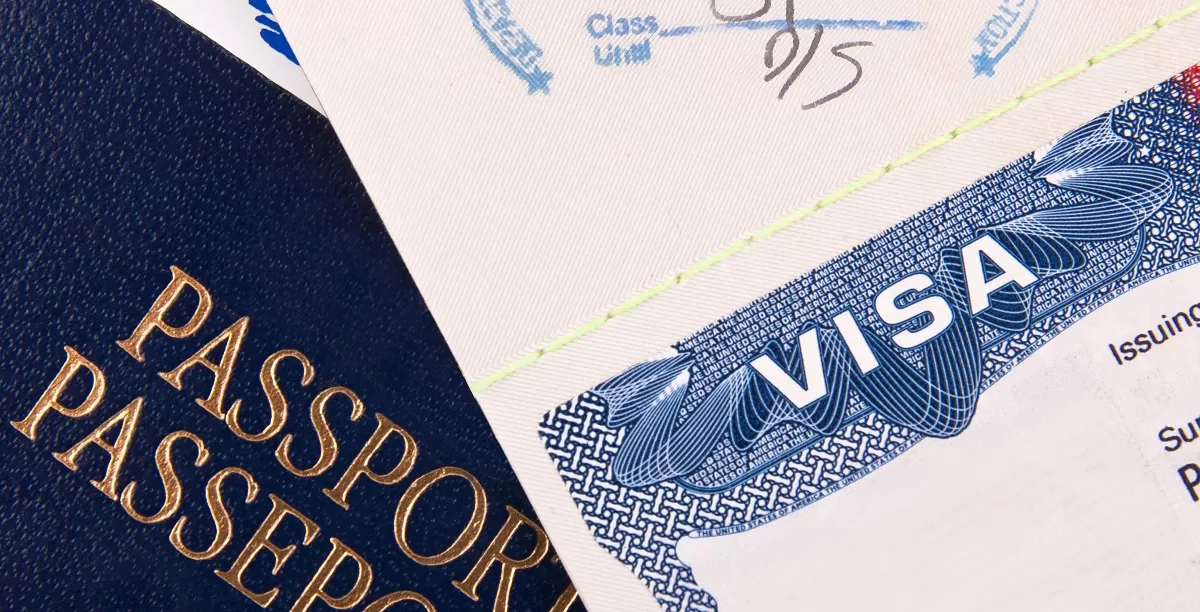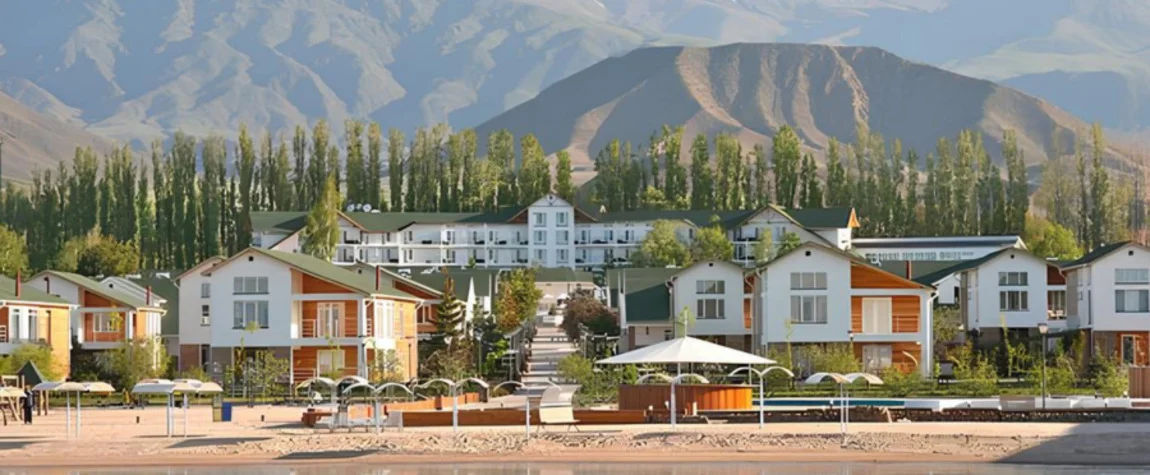Sofia, Bulgaria’s vibrant capital, offers travelers an extraordinary blend of ancient history, Soviet-era architecture, and modern European culture. This underrated Eastern European gem offers exceptional value for visitors seeking authentic experiences, a rich cultural heritage, and stunning natural beauty, all within easy reach of the city center.
What to Do in Sofia
Alexander Nevsky Cathedral dominates Sofia (סופיה) skyline as one of the largest Orthodox cathedrals in the world. Its golden domes and impressive architecture make it the city’s most iconic landmark. The cathedral’s crypt houses a remarkable collection of Orthodox icons and religious artifacts.
Vitosha Boulevard serves as Sofia’s main pedestrian street, perfect for shopping, dining, and people-watching. The boulevard connects many of the city’s key attractions and offers numerous cafes where visitors can enjoy traditional coffee and pastries in Bulgaria (בולגריה).
The Central Market Hall (Halite) provides an authentic local experience with fresh produce, traditional Bulgarian foods, and local crafts. The building itself, constructed in the early 20th century, represents beautiful architectural heritage.
Boyana Church, a UNESCO World Heritage site, features medieval frescoes from 1259 that are considered masterpieces of Eastern European art. These paintings predate the Italian Renaissance and showcase Bulgaria’s significant cultural contributions to European art history.
Culture and Museums
National Museum of History houses Bulgaria’s most important archaeological treasures, including the famous Thracian gold artifacts that demonstrate the region’s ancient wealth and sophisticated craftsmanship. The museum’s collection spans from prehistoric times through the modern era.
National Gallery showcases Bulgarian art from the medieval period to contemporary works, providing insight into the country’s artistic evolution and cultural identity. The gallery occupies the former royal palace, adding historical significance to the artistic experience.
Ivan Vazov National Theatre offers performances in a beautiful neo-classical building and serves as Bulgaria’s premier cultural venue. Even if language barriers exist, the building’s architecture and atmosphere make it worth visiting.
Sofia’s cultural scene includes numerous festivals throughout the year, from classical music to contemporary arts, reflecting the city’s position as a cultural crossroads between East and West.
Day Trip Destinations
Rila Monastery, located about 120 kilometers from Sofia, represents Bulgaria’s most important religious and cultural monument. This UNESCO World Heritage site features stunning frescoes, mountain scenery, and profound spiritual significance.
Plovdiv, Bulgaria’s second-largest city, offers a perfectly preserved Old Town with Roman ruins, Ottoman architecture, and charming cobblestone streets. The city was designated European Capital of Culture in 2019.
Vitosha Mountain provides year-round outdoor activities just 30 minutes from the city center. Summer offers excellent hiking trails, while winter brings skiing opportunities at nearby resorts.
Koprivshtitsa preserves 19th-century Bulgarian architecture and played a crucial role in the country’s independence movement. The town feels like an open-air museum with colorful houses and historical significance.
Weather and Best Time to Visit
Sofia enjoys a continental climate with four distinct seasons. Spring (April-May) and autumn (September-October) offer the most pleasant weather for sightseeing, with mild temperatures and fewer crowds.
Summer temperatures reach 25-30°C (77-86°F), perfect for exploring outdoor attractions and mountain day trips. Winter brings snow and temperatures around 0°C (32°F), creating a magical atmosphere but requiring warmer clothing.
Sofia combines affordability, rich history, and genuine hospitality, making it an ideal destination for travelers seeking authentic European experiences away from overcrowded tourist centers.


